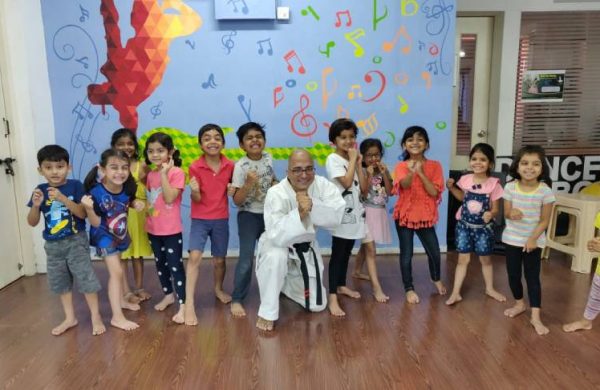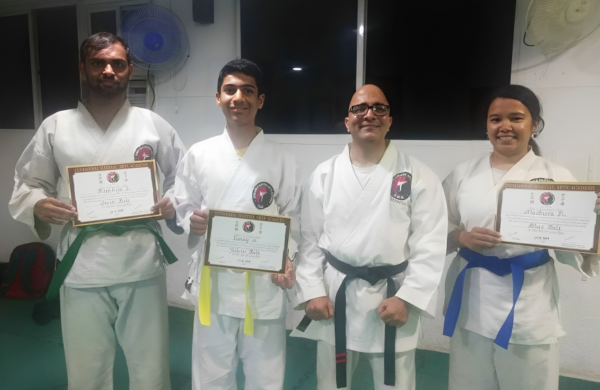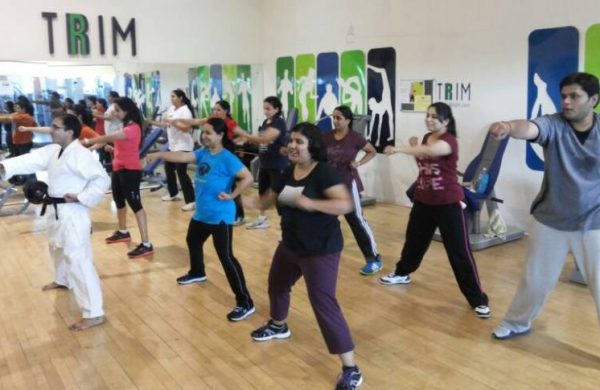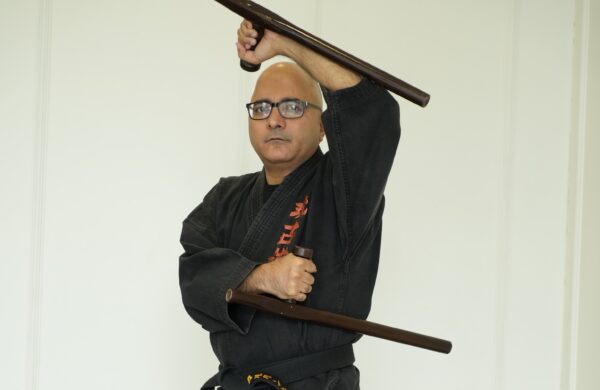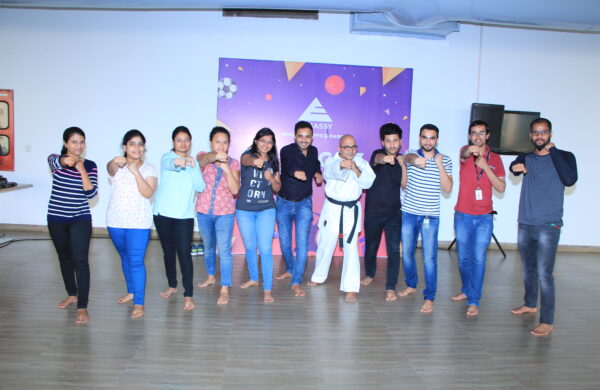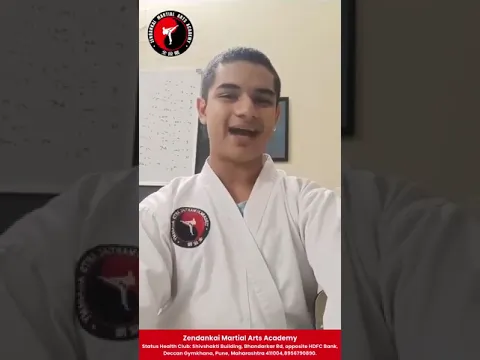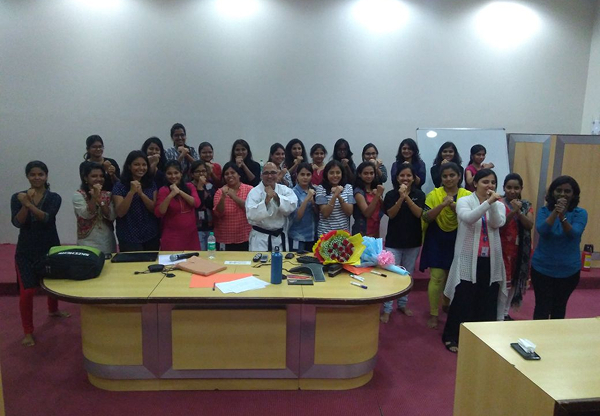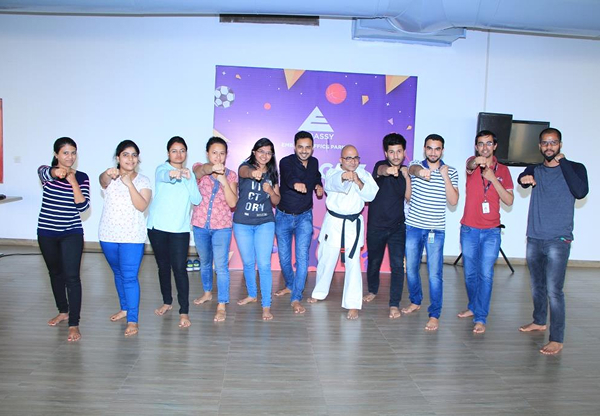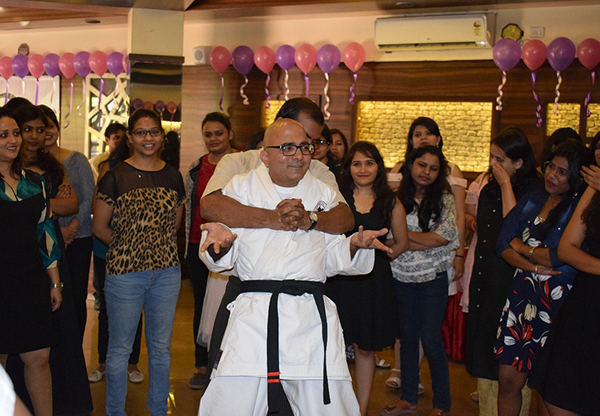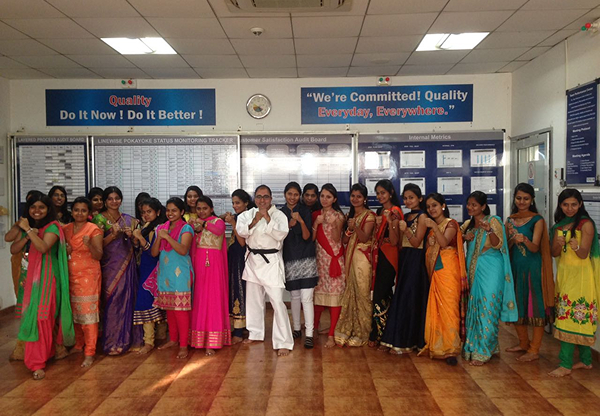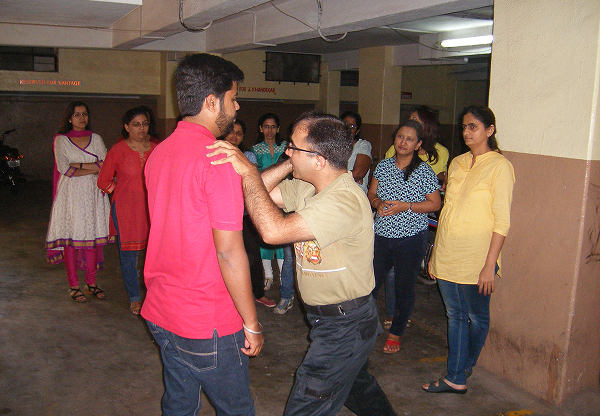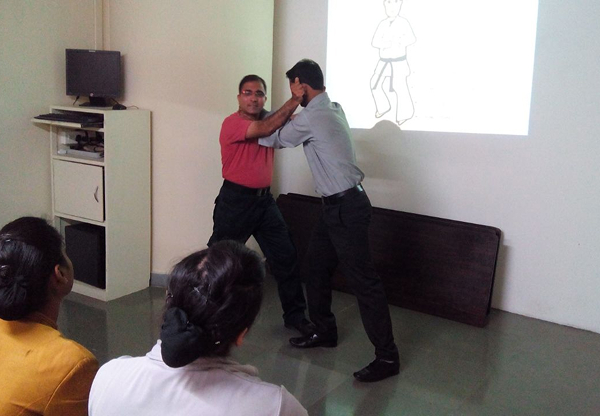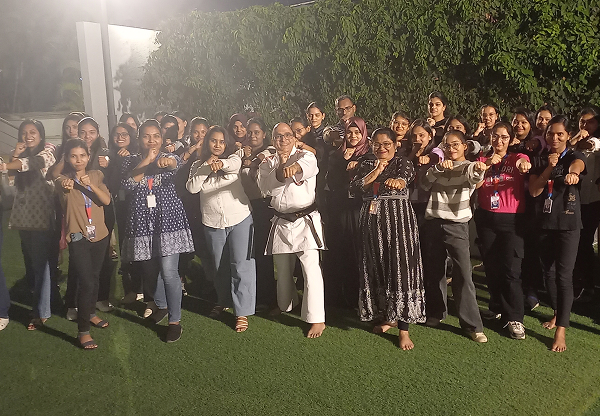Info
Call
+91-9923217647
rakesshkrunwal@gmail.com
Branches
Location (Hombu Dojo)

Deccan
Weekday Evening Batch
Days: Monday to Thursday
Time: 7:00pm to 8:00pm
Weekend Morning Batch
Days: Saturday and Sunday
Time: 7:00am to 8:30am
Mobile Branches
Location

Deccan
Weekday Evening Batch
Days: Monday to Thursday
Time: 7:00pm to 8:00pm
Weekend Morning Batch
Days: Saturday and Sunday
Time: 7:00am to 8:30am
68efe5b778365
What Our Students Say
Shudent Review
68efe5bac979a
Trusted by Leading Corporates
Empowering Teams with Martial Arts & Self-Defense Since 2014
Trusted by Leading Corporates
Team Member
Instructors
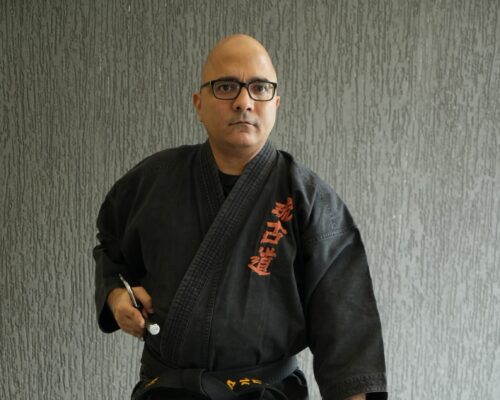
Sensei Rakessh K Runwal
Sensei Rakessh Kumar Runwal began his martial arts journey in 1993 (at the age of 13) in Pune, India, training in various karate styles. His passion for Karate led him to follow and teach this traditional art form. Driven by his dedication to karate, he left his corporate job as a Software Engineer at Infosys to pursue his passion.
...Read more

Sempai Sahil Potdar
Sempai Sahil Potdar began his martial arts journey at the age of 13. He had started his journey with Goju Ryu Karate but later moved to Shorinji Ryu Karate under the same sensei. He also learnt Kyokushin Karate in Pune and Bangalore from esteemed sensei’s.
...Read more
One half
FAQs
- Taekwondo emphasizes kicking techniques, while Karate focuses on hand strikes and kicks.
- Taekwondo originated in Korea. Karate originated in Okinawa, Japan.
- Prearranged sequences of techniques, generally known as forms, are referred to as poomsae in Taekwondo, and kata in Karate.
- The specific postures, stances, and movements differ significantly between Taekwondo and Karate.
Page Copyright
© Copyright 2023 Zendankaimartialart. All Rights Reserved. Powered By Nivtech










